UPDATE | 2022年09月01日
着物は日本の代表的な伝統文化として世界に知られています。現在、街中で着物姿の人を見かける機会は少なくなりましたが、お正月や成人式、結婚式など特別な行事には今でも多くの人が着物を着ます。今回は歴史をふり返りながら日本の着物文化を紹介したいと思います。
着物の語源は字のとおり「着る物」という意味で、以前は衣服全般を指す言葉でした。
150年ほど前に洋服が日本に入ってきたころから、「着物」=「和服」という認識に変わり、現在は「日本の伝統的な衣服」という意味で使われています。
着物の始まりは諸説ありますが、現代のスタイルのものは平安(へいあん)時代(794~1185年)に起源があると言われています。
それよりはるか昔の紀元前には一枚の布を体に巻きつけたものや、布に穴を空けて頭を通すスタイルのものが主流で、その後、中国大陸の文化の影響もありズボン型やワンピース型の衣服へと変わっていったようです。
そこから日本の気候に合わせて少しずつ変化していき、平安時代には着物文化が大きく発展しました。
身分階級によって着物の色やデザインが異なり、カラフルな着物は身分の高さを表すステータスのようなものでした。
日本の伝統的なカードゲーム「百人一首(ひゃくにんいっしゅ)」にも、色とりどりの着物を幾重にも重ね着した「十二単(じゅうにひとえ)」が描かれています。当時、貴族の女性達は男性に顔を見せずに、十二単の裾(すそ)を部屋の中から見せることで配色のセンスや知性をアピールしていたという話もあります。
今も昔も身に付けるもので自分自身の魅力をアピールするというのは変わっていませんね。
その後も着物文化は進化し続け、江戸(えど)時代(1603~1867年)に最盛期を迎えます。貴族や武士だけのものだった着物が、上流階級以外の人達にも次第に広がっていきました。ただ、身分によって素材や色に制限があったため、裕福な商人たちが派手な刺繍のものを着る一方で、庶民の着物は地味な色に限られていました。そこで、人々は着物の柄(がら)や帯(おび)の結び方などでおしゃれを楽しむようになったと言われています。
明治(めいじ)時代(1868〜1912年)になると外国の文化の影響を強く受けるようになり、政府の西洋化政策によって公式な場では洋服を着るように定められ、洋服が広がっていきました。
それでも普段は着物(和服)で過ごす人も多く、洋服が日常着として定着したのは戦後になってからで、着る機会が減っていった着物は特別な行事の際に正装として着る、という存在になっていったのです。
[PR]
着物によく使われるデザインには、実はそれぞれに意味があるんです。
たとえば鶴は、長寿や夫婦円満のイメージがあるので結婚式で着る着物によく使われる模様です。松竹梅(しょうちくばい)は、暑さや寒さに強いことから、忍耐力や生命力を表しているとされているため、結婚式や七五三(しちごさん)など子供のお祝いの際にも向いています。
また、花のデザインで代表的なものと言えば「桜」ですが、新しい始まりの春に咲く花なので縁起がいい物事の始まりをイメージします。
「椿(つばき)」や「牡丹(ぼたん)」は高貴さと華やかさ、永遠の美しさの象徴とされています。
他にも、蝶(ちょう)は姿を変えて成長することから、女性の健やかな成長を象徴する柄と言われており、うさぎは子孫繁栄(しそんはんえい)の象徴であると考えられています。
ひと口に着物と言っても、その種類は様々で、着る場面によって異なります。洋服と同じく、着物にもフォーマルなものとカジュアルなものがあるのです。
結婚式に花嫁が着る着物は「打掛(うちかけ)」と呼ばれ、「白無垢(しろむく)」は白一色の着物で結婚式の時だけ着ることができます。
お葬式の際に着る着物は「喪服(もふく)」と呼ばれ、帯も含めて黒一色です。
成人式の際に女性が着る着物は「振袖(ふりそで)」と呼ばれ、そでの部分が長いのが特徴です。
そして、一番身近な着物と言えば「浴衣(ゆかた)」です。生地が薄く風通しがいいので夏祭りなど暑い季節にも気軽に着ることができます。振袖などの着物を自分一人で着るのは難しいですが、浴衣の場合そこまで複雑ではないので練習すればすぐに一人で着られるようになります。
最後に、伝統的な織物の街として有名な京都の西陣(にしじん)を紹介します。
京都の中心地から少し離れた北側に位置する、静かで落ち着いたエリアです。
昔からこのエリアでは織物産業が盛んで、織物に使う糸屋や呉服店(ごふくてん)などが立ち並んでいました。
1467年から1477年にかけて応仁の乱(おうにんのらん)という京都を2つに分ける戦いが起こり、西側の陣地ということから「西陣」と呼ばれるようになりました。
戦いから逃げてきた人や終戦後に仕事を求めて集まってきた人達によって織物業が再開され、西陣は再びにぎわいを取り戻します。
繊細で美しいデザインの西陣織の評判は京都から日本全国へと広がっていきました。
その後は近代化が進み、織物産業の衰退(すいたい)とともに西陣エリアからも織物関連のお店は減り続けています。
現在は古い街並みを活かしたカフェや宿泊施設が増えつつあり、新しい観光スポットとして注目されています。西陣の街を歩いていると今でもどこかから機織(はたお)りの音が聞こえてきます。
いかかでしたか?
着物に関するちょっとした知識があれば、実際に着物を見たり着たりする際にもっと楽しむことができるのではないでしょうか。観光地にはレンタル着物店もたくさんあるので、ぜひお気に入りの着物を見つけてくださいね。

大阪出身のフリーランス日本語教師兼ローカルガイド。2020年に京都の魅力にハマり、2021年に移住。現在はプライベートレッスンをメインに日本語を教える傍らライティングや中日翻訳校正、オンライン体験などを企画運営している。
[PR]
[PR]